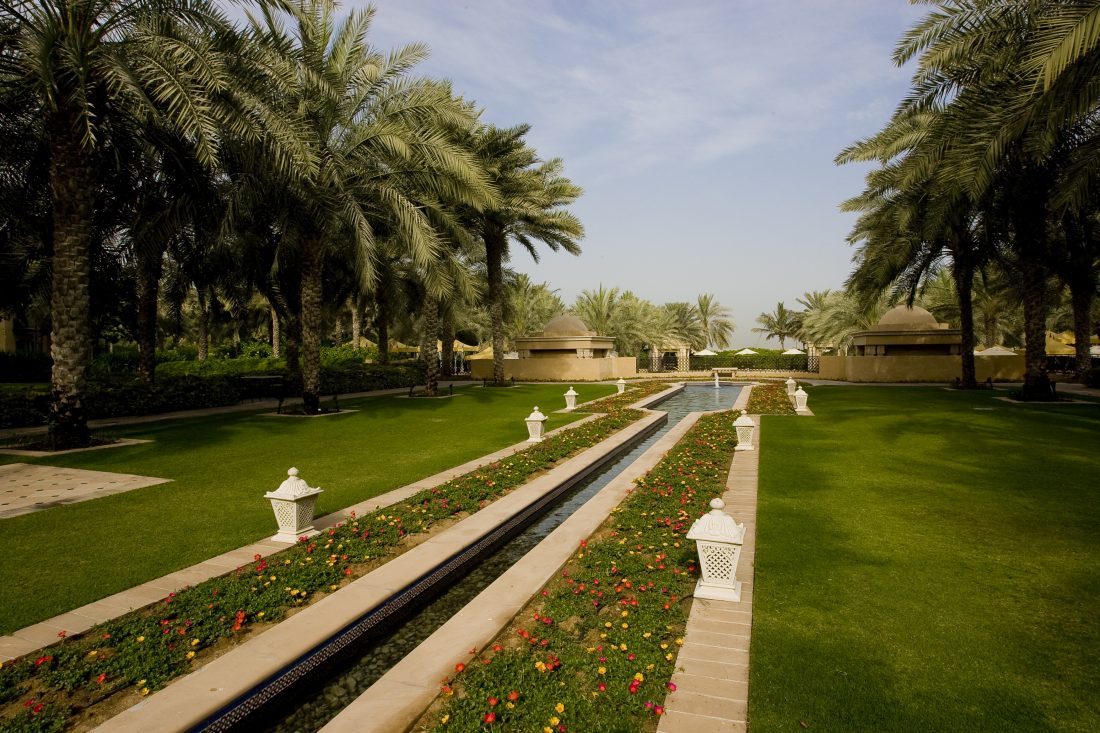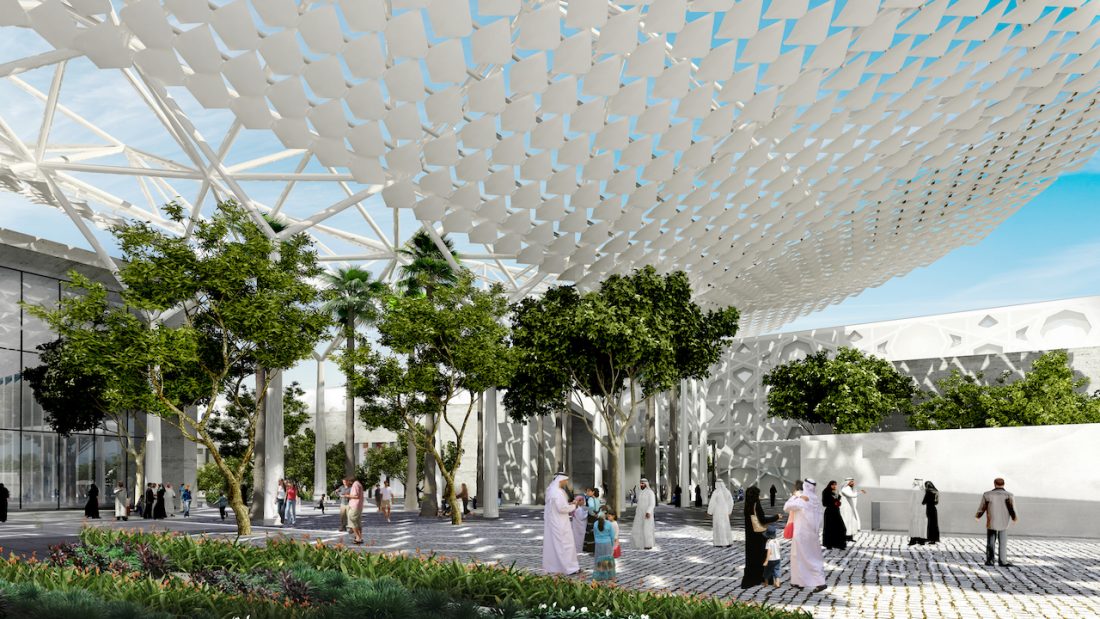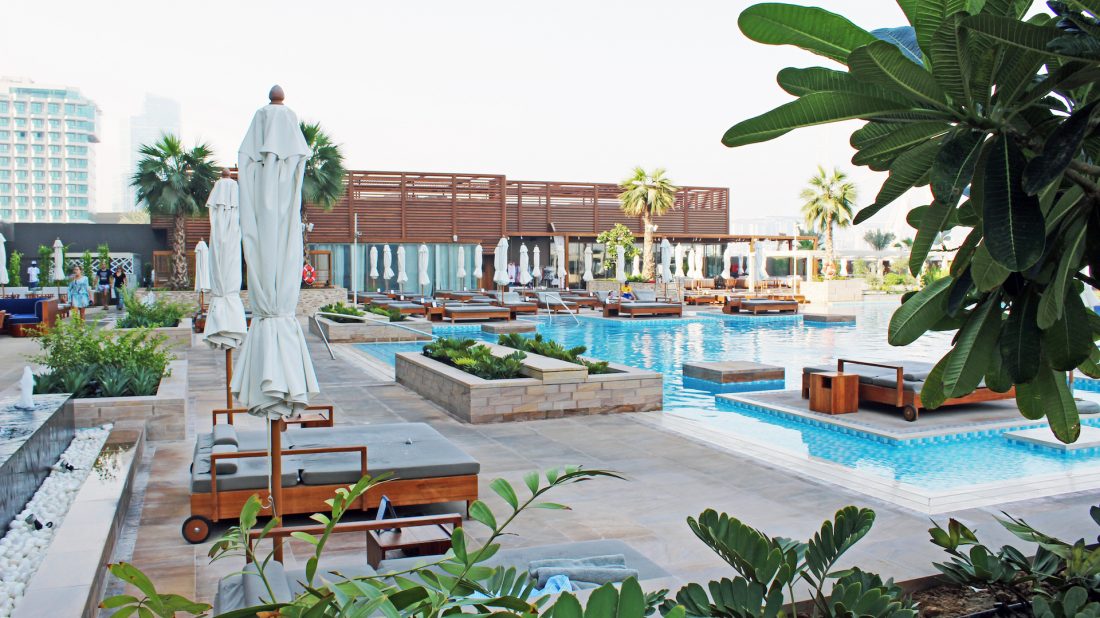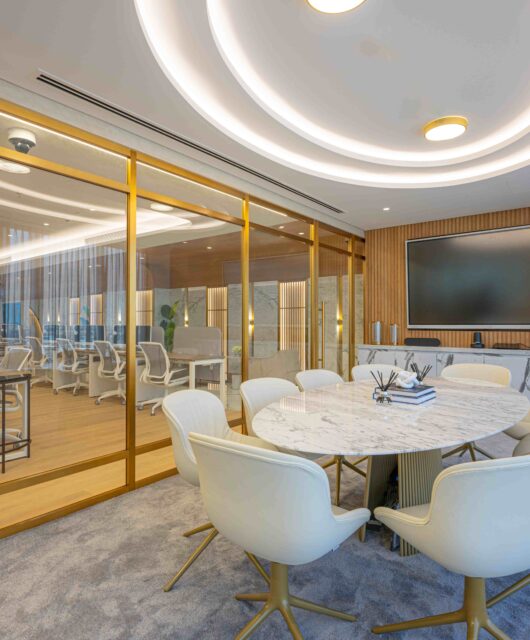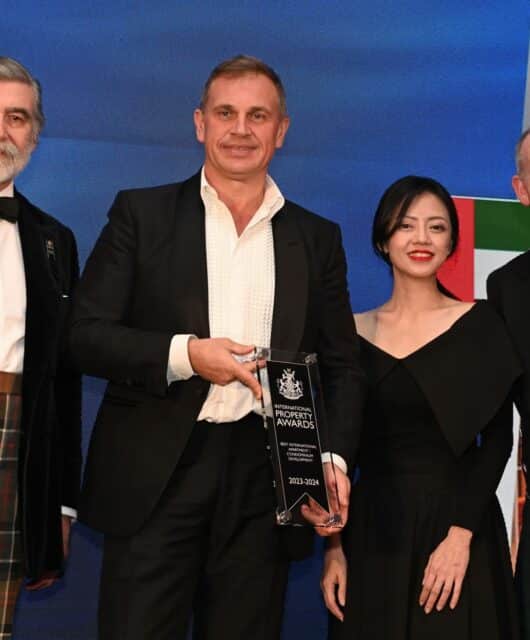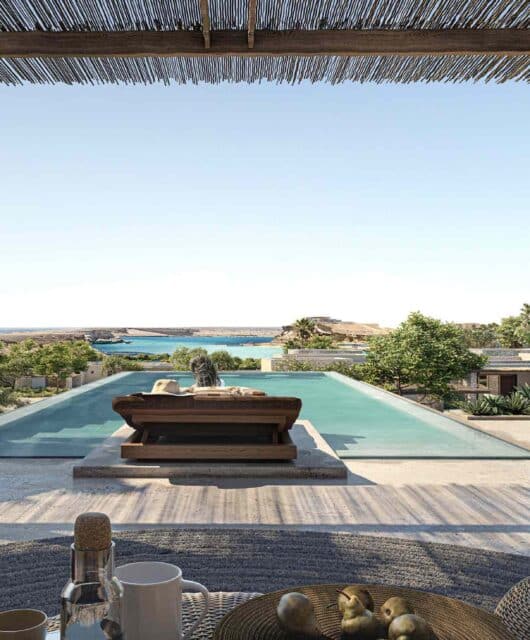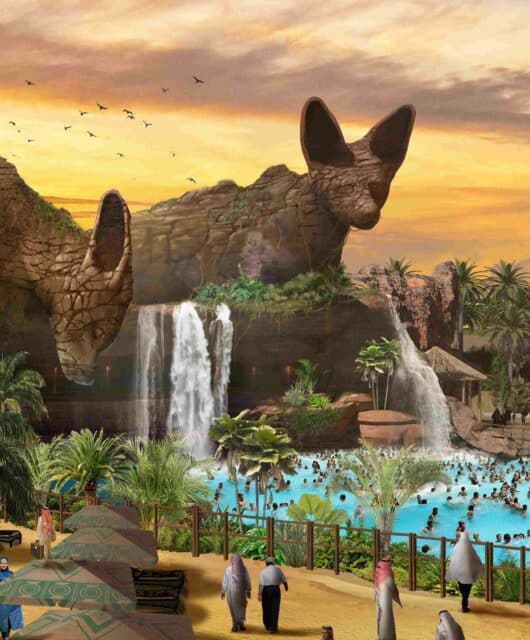First impressions are the most lasting! land in a country and start forming impressions based on the landscape. You go to a gated community and again what strikes one is the presence or absence of landscaping. This is a universal rule that equally applies when it comes to commercial properties as well, as it does to anything else. The outside appearance of a property can carry over into the entire experience at the property. The outdoor spaces or “public realm” is the canvas that a development is built on. Here are the expert views on how an interesting landscape can boost the curb appeal of a property.
Why landscaping is important?
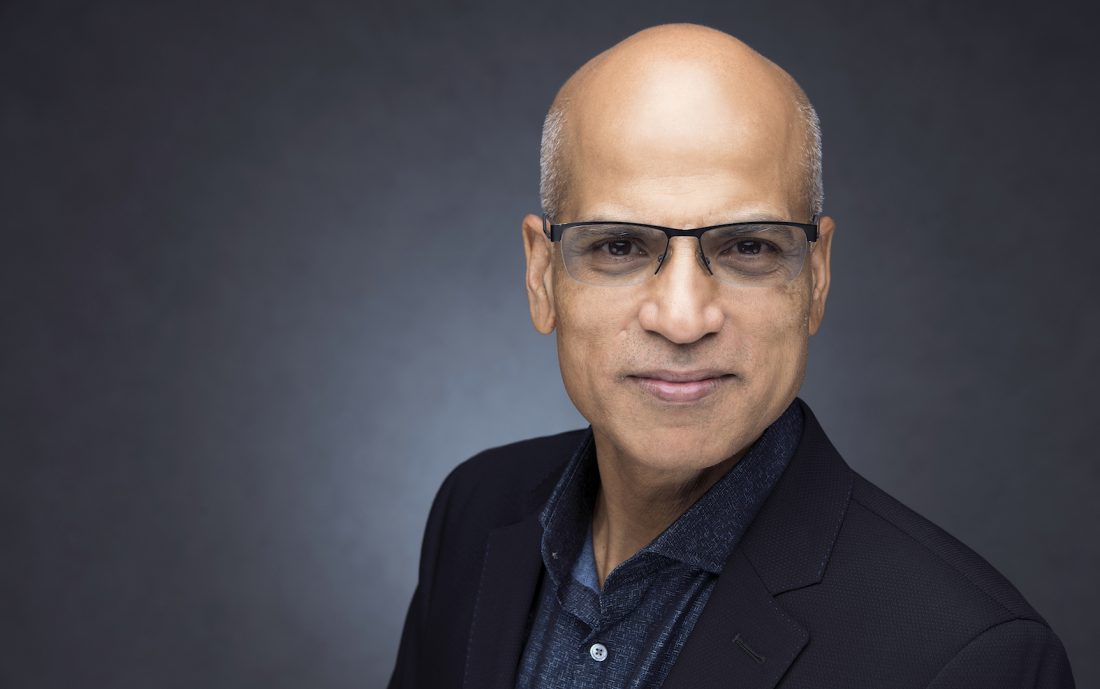 No matter how well designed a building is, how well designed the interiors are, if the landscape is run down and in need of improvement, there is something that feels incomplete. Clearly, a good landscape adds tremendous value to making a good development. Michael Mascarenhas, CEO of Desert Group, sums the benefits of landscaping, “Studies have shown that the environment in which employees work directly affects their productivity levels. Well designed landscape spaces can often be an important factor for the guests visiting, and the employees working in, that particular commercial space. A well maintained landscape also increases property values. A general rule of thumb, in a mature real estate market, is that landscaping yields, on an average, a 109% return on every dirham spent. People like to know that the property they rent is consistently improving in both perceived and actual value.”
No matter how well designed a building is, how well designed the interiors are, if the landscape is run down and in need of improvement, there is something that feels incomplete. Clearly, a good landscape adds tremendous value to making a good development. Michael Mascarenhas, CEO of Desert Group, sums the benefits of landscaping, “Studies have shown that the environment in which employees work directly affects their productivity levels. Well designed landscape spaces can often be an important factor for the guests visiting, and the employees working in, that particular commercial space. A well maintained landscape also increases property values. A general rule of thumb, in a mature real estate market, is that landscaping yields, on an average, a 109% return on every dirham spent. People like to know that the property they rent is consistently improving in both perceived and actual value.”
 Henry Duck, senior associate from The Vero Studio firmly believes that landscape areas provide spaces where people can unwind, relax, socialise, or exercise. The Vero studio is a landscape architecture firm who’re working on various interesting landscape projects like residential project Serenia The Palm, mixed-use project Paramount Towers in Dubai, and Masdar N1 residential units in Abu Dhabi. Duck futher stresses, “Commercial projects tend to be of a significant scale and often form a key part of the fabric of our cities and urban centres. Landscape is fundamental in softening urban zones and studies have shown that ‘green spaces’ have psychological benefits and directly contribute to a person’s general well being as a whole.”
Henry Duck, senior associate from The Vero Studio firmly believes that landscape areas provide spaces where people can unwind, relax, socialise, or exercise. The Vero studio is a landscape architecture firm who’re working on various interesting landscape projects like residential project Serenia The Palm, mixed-use project Paramount Towers in Dubai, and Masdar N1 residential units in Abu Dhabi. Duck futher stresses, “Commercial projects tend to be of a significant scale and often form a key part of the fabric of our cities and urban centres. Landscape is fundamental in softening urban zones and studies have shown that ‘green spaces’ have psychological benefits and directly contribute to a person’s general well being as a whole.”
Feasibility of landscaping in the region
 Plants need both sunlight and water and we have an abundance of the former. Most of the landscaping in the region has been focused on creating patches of green to give people respite from the harshness of the sun and sand. Phil Dunn, design and planning manager at Diamond Developers feels, “Gardens have become personal oases to retreat into for a rest from the harsher climate of this region. The choice of plants here is very extensive, and many species do well here given a lot of water. But if we are to consider fresh water as the scarcest resource in this region, then we would also be right to look at choosing plants that use little amounts of water. Type of drought tolerant gardening is sometimes called xeriscaping. This is a much more sustainable choice for landscaping in this region.”
Plants need both sunlight and water and we have an abundance of the former. Most of the landscaping in the region has been focused on creating patches of green to give people respite from the harshness of the sun and sand. Phil Dunn, design and planning manager at Diamond Developers feels, “Gardens have become personal oases to retreat into for a rest from the harsher climate of this region. The choice of plants here is very extensive, and many species do well here given a lot of water. But if we are to consider fresh water as the scarcest resource in this region, then we would also be right to look at choosing plants that use little amounts of water. Type of drought tolerant gardening is sometimes called xeriscaping. This is a much more sustainable choice for landscaping in this region.”
Landscape challenges pertaining to this region
The main challenge is to create livable and usable landscapes in an extreme climate. “The heat of the summer and natural lack of fresh water combined with the salty tendencies and low organic contents of the regional soils make for significant challenges for landscaping here. These challenges can be overcome with some attention to detail in choosing the right plant for the right place and building up a healthy soil ecosystem with additives like compost, zeolite, cover mulches etc.,” adds Dunn.
 Boris Fabinski, principal landscape architect at SSH shares his set of challenges, “The biggest challenge is still the timely involvement of landscape architects with the design process. Landscape architects should be involved from the beginning in every project to ensure that site-wide considerations are factored into all design discussions.” Things are slowing changing and it’s good to notice that developers are now constantly trying to push the boundaries with projects and are beginning to truly appreciate the value landscape can offer to their developments. Projects such as City Walk, The Beach, and La Mer show how prominent landscape has become.
Boris Fabinski, principal landscape architect at SSH shares his set of challenges, “The biggest challenge is still the timely involvement of landscape architects with the design process. Landscape architects should be involved from the beginning in every project to ensure that site-wide considerations are factored into all design discussions.” Things are slowing changing and it’s good to notice that developers are now constantly trying to push the boundaries with projects and are beginning to truly appreciate the value landscape can offer to their developments. Projects such as City Walk, The Beach, and La Mer show how prominent landscape has become.
Most popular landscaping trends
Just like any other field, there are some interesting trends that are taking the centrestage in landscaping as well. Dunn clearly feels that landscapes should serve useful purposes than just looking all good. He shares, “The big shift we see is in the revolution of urban farming and people taking more interest in where their food comes from and the quality under which it has been grown. Landscapes should not just be planted to look beautiful. They should also serve multiple functions like creating habitat, creating microclimates, fixing nitrogen into the soil, cleaning the air, and producing food. All these ideas are old ideas for gardening that perhaps were lost along the way but are coming back now in response to the pressures we see on our societies and environment.”
Fabinski adds, “The focus is on trends that are simple, timeless, and multi-functional. Other important aspects are walkability and universal access being applied in landscape designs The importance of these is that it gives each project a distinct identity that will not be perceived as a fashionable design or needs to be replaced in five years’ time.”
Sustainability in the region
Duck feels that people are slowly but steadily understanding the concept of sustainability in the region. “I think it is fair to say that sustainability wasn’t taken seriously in the region a few years ago but it is now an idea, which is gathering real momentum and is having a significant affect on landscape projects.” He further affirms that clients are asking for more than green ratings. “The current trend is that clients are no longer satisfied with purely ticking the boxes with local codes such as Estidama or the Dubai Green Building Regulations and are now intent on integrating sustainable solutions within the overall project concept.” Who knew, trees planted in the right location can help reduce energy bills. Trees that shade East-facing walls and windows in the morning and The focus is on trends that are simple, timeless, and multifunctional. Other important aspects are walkability and universal access being applied in landscape designs. Boris Fabinski, SSH West-facing walls and windows in the afternoon, particularly during the months of June, July, August, and September can help reduce thermal absorption by the building.
But the question is how can one promote sustainability? “Sustainability is talked about with increasing frequency now at the planning stages of most projects. The issue seems now to be one of education and awareness. We need to educate the decision makers about the benefits of the use of more sustainable planting schemes containing perhaps a mix of both native and arid adapted plants,” suggests Mascarenhas. “The answer probably lies somewhere in the middle for the time being, with trees being selected from the native stock, the best of the native shrubs being used in combination with introduced arid land adaptives and the grassed lawn areas being kept to a minimum size where possible. ” Clearly, one such great project, which is a game changer in the region, is The Sustainable City by Diamond Developers; the project incorporates social, economic, and environmental sustainability as a whole. There are combinations of drought tolerant plants, and then plants that produce food, and plantings that will help reduce the heat island effect and create cooler microclimate within the community.
Is Dubai landscape ready for EXPO 2020?
Dubai is working hard in the run up to the Expo 2020 and there’s a huge interest in native plant species for use in the event. The sustainability movement that is on rise in the region stresses on the importance of the use of plants that have adapted to life in a desert environment. The idea is to showcase the transformation of these plants from simply surviving in the desert to thriving in a landscaped setting. Dunn says with pride, “There is a cultural shift here in the Emirates looking not only as visionaries accelerating the region into the future, but to also look back to the wisdom of the grandfathers and we see a growing interest in native plants and their cultural and landscape value. Dubai never disappoints to put on a world class event and Expo 2020 will surely be a great showcase of these newest trends in Dubai landscapes.”

